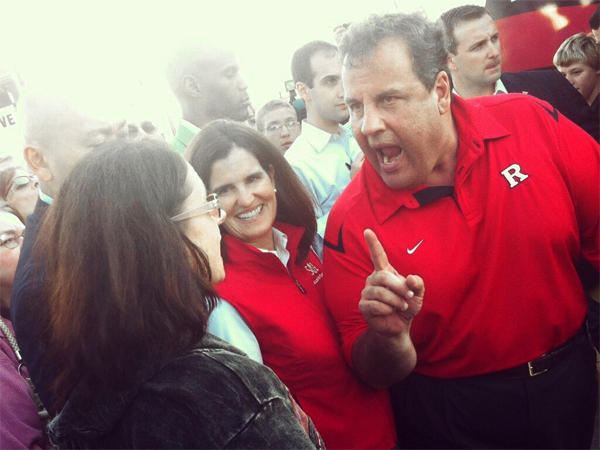NAEP and “Getting Tough on Teachers”

When the scores on the 2013 National Assessment of Educational Progress (NAEP) were released, much was made of gains registered in Washington, DC, which led the nation in rate of improvement. Schools Chancellor Kaya Henderson called them “breakthrough gains” and attributed the increases to a stronger curriculum, better teachers, and the District’s ‘get tough’ approach to evaluating teachers. She told the New York Times, “When you raise expectations for students and teachers, they rise to the challenge and produce.” The Times noted that the “get tough” approach preceded Henderson’s tenure. “The district’s new policies, initiated by the former chancellor, Michelle A. Rhee, have come under criticism from teachers’ unions and others who say they put too much emphasis on test scores,” Motoko Rich wrote.
Teach for America issued a press release praising TFA alumna Henderson.[1] All in all, these NAEP improvements represented, much of the press and many politicians said or implied, the triumph of the no-nonsense, “get tough on teachers” approach begun by Rhee.
I understand spin and the desire of those responsible for current policies to want to make things look good, but the rest of us need to take a deep breath and a second look.
In fact, a closer look at the DC data reveals all sorts of contradictions. It raises the possibility that DC is celebrating prematurely. It could be that reports of the triumph of ‘get tough’ policies are misleading–and perhaps just plain wrong.
You know the old saw about “Lies, Damn Lies and Statistics,” of course. I offer a variation: “Lies, Damn
